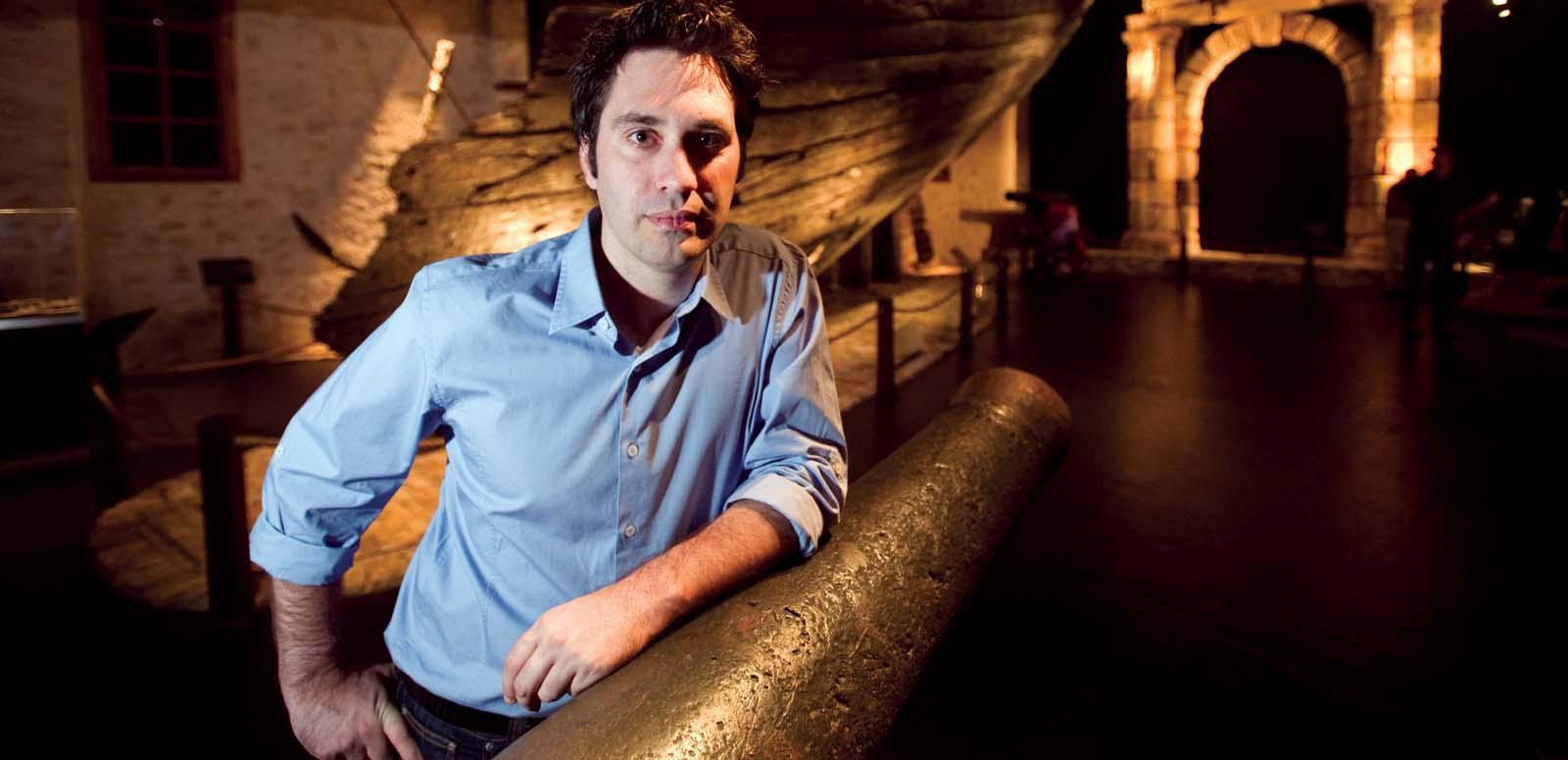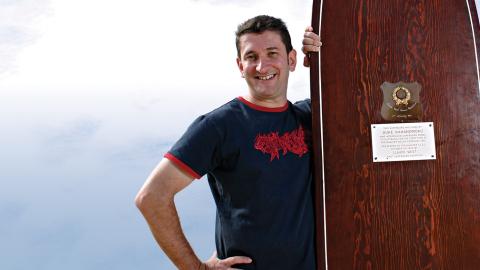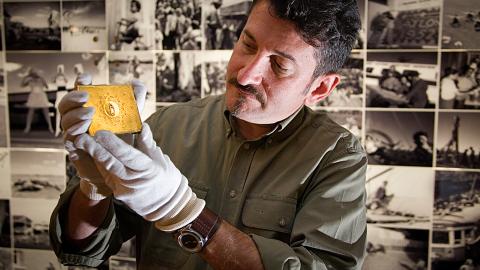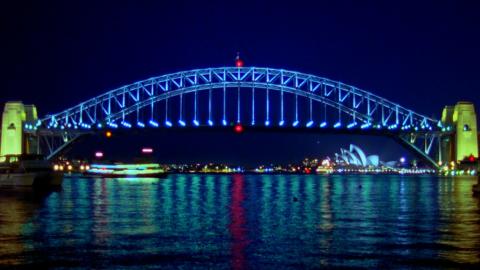

Australia's Heritage: National Treasures
Australia's Heritage: National Treasures
Chris Taylor reveals the secrets behind a fascinating mix of treasures from Australia’s National Heritage List.
In the third season of five-minute documentaries in the National Treasures series, comedian and broadcaster Chris Taylor travels around Australia delivering historical snapshots of places from the National Heritage List.
He talks with experts and enthusiasts, revealing fascinating insights into our famous and not-so-famous past.
See also Investigating National Treasures with Warren Brown and The Prime Ministers' National Treasures with Warren Brown.
WARNING: this collection may contain names, images or voices of deceased Aboriginal and Torres Strait Islander people.
Main image: Chris Taylor at the WA Maritime Museum. Photograph by David Dare Parker.
The National Film and Sound Archive of Australia acknowledges Australia’s Aboriginal and Torres Strait Islander peoples as the Traditional Custodians of the land on which we work and live and gives respect to their Elders both past and present.


